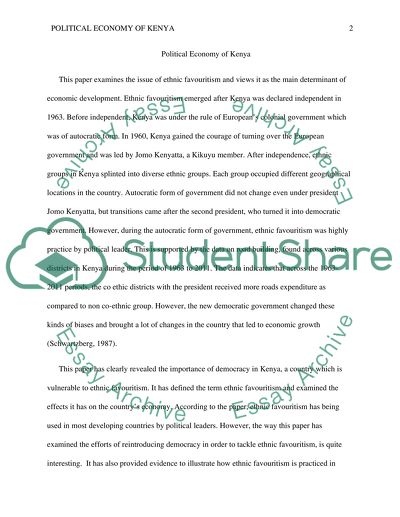Cite this document
(“Referee report for paper Essay Example | Topics and Well Written Essays - 2000 words”, n.d.)
Retrieved from https://studentshare.org/macro-microeconomics/1474901-referee-report-for-paper
Retrieved from https://studentshare.org/macro-microeconomics/1474901-referee-report-for-paper
(Referee Report for Paper Essay Example | Topics and Well Written Essays - 2000 Words)
https://studentshare.org/macro-microeconomics/1474901-referee-report-for-paper.
https://studentshare.org/macro-microeconomics/1474901-referee-report-for-paper.
“Referee Report for Paper Essay Example | Topics and Well Written Essays - 2000 Words”, n.d. https://studentshare.org/macro-microeconomics/1474901-referee-report-for-paper.


